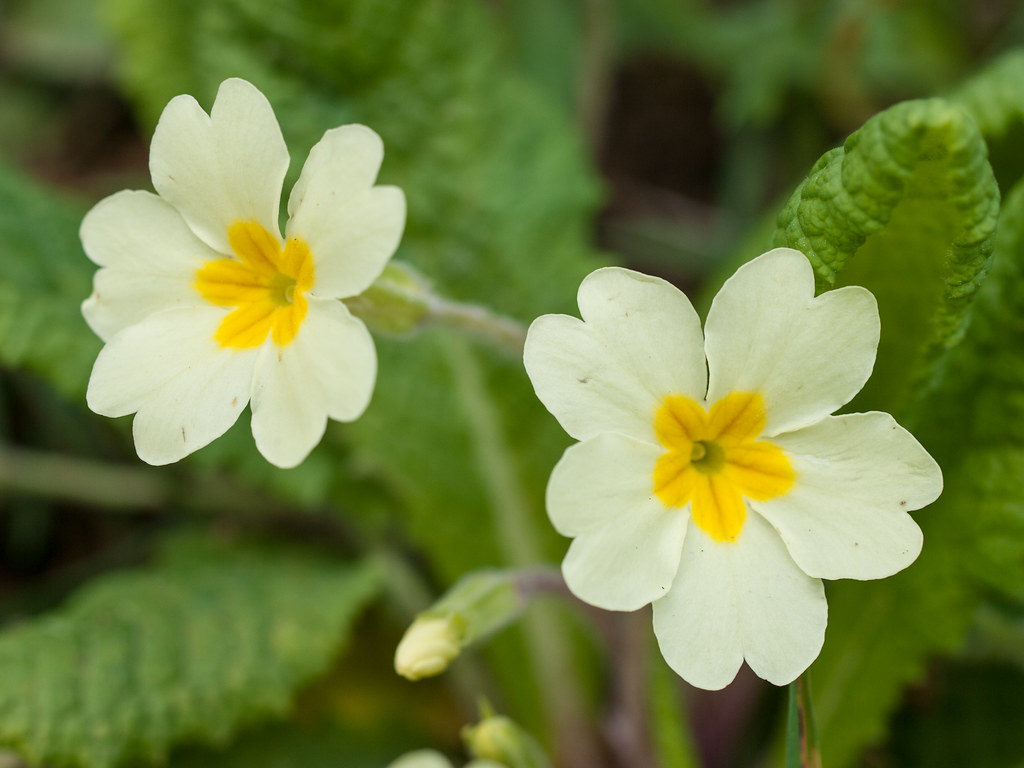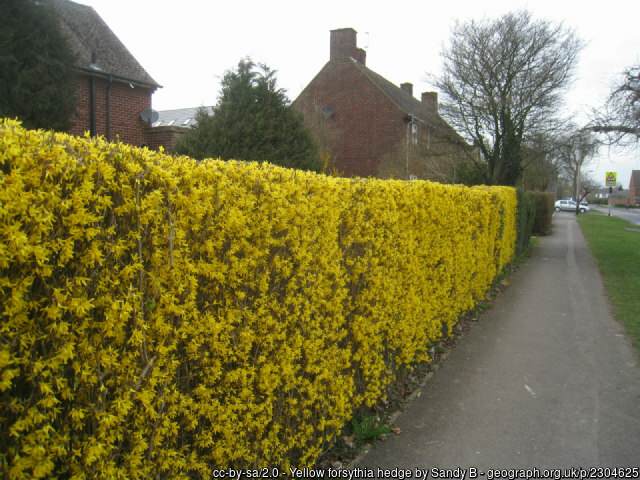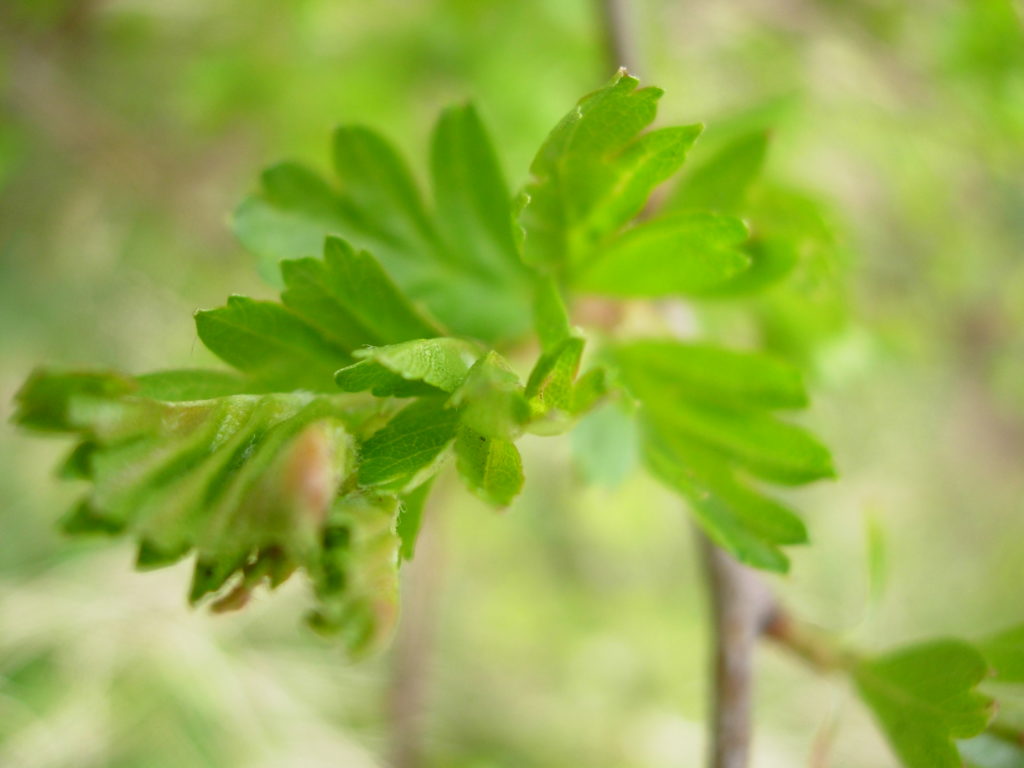During March, many wild foods are at their best as nature begins to wake up from its long winter slumber. It can be a month of crisp mornings, sunny afternoons and visibly longer, warmer day. Whole hillsides are flushed a vibrant spring green as their edible, early leaves break bud. Birds flit around frantically building their nests as herbaceous plants break their dormancy, pushing their nutritious spring leaves up through the soil.
Primrose, Primula vulgaris and other Primula species

Photo CC William Warby
In the wild, primroses can be found growing amongst hedgerows, roadsides and the fringes of woodlands. Their name derives from the Latin ‘Prima Rosa’, meaning the ‘first rose’ of the spring. In the wild, they are a delicate yellow, whilst those in flower beds can be all nearly all the colours of the rainbow. Often put in as bedding plants, a wasteful practice in my opinion where flowers are planted just before they come into bloom and removed soon after.
Where I live, they generally begin to flower in February, but it is March that they become more conspicuous.
Eating Primrose
You should only eat the flowers of the primrose and not any other part of the plant. You might put them in salads or use them as a decoration for cakes to add a pop of colour. They have a mild but detectable sweetness and slight floral notes. Their flavour is delicate and can be easily overwhelmed in a dish so mix it with mild flavours if you want the taste to really sing.
Forsythia, Forsythia spp.

Forsythias burst into life during the early spring with a profusion of bright-yellow four-petaled blooms. They put on this glorious show for two to three weeks before all but vanishing back into the garden as a rather non-descript green shrub. Forsythia is a catch-all name for several species, most of which are native to Asia. There is only one European species, Forsythia europaea, which is native to the Balkans. Most of the garden plants are hybrids cultivated from plants that would have grown on dry banks and scrubland in the Far East.
Eating Forsythia
The uncooked blooms can be added to salads to give much-needed spring colour. The taste is mildly floral but can be bitter so it’s best to offset them with sweeter plants, such as sweet cicely or use a sweetened dressing, like balsamic vinegar and honey.
Forsythia golden syrup
Yellow forsythia blooms can be used as the base for a bright, golden syrup.
- Prepare a jar of blossoms, a jar of water and half a jar of sugar.
- On the hob, dissolve the sugar in the water on a medium heat.
- When all the sugar has been dissolved, take the pan off the heat and allow it to cool a little before adding the blossoms, which will shrink.
- Allow to steep, leaving the flowers in the syrup overnight before straining the following morning.
- Forsythia syrup can be kept for up to three months in the fridge and used on pancakes or to add a splash of colour and flavour to gin or vodka and tonic.
Hawthorn Leaves, Crataegus spp

Hawthorn is a large shrub or small tree. It has white blossoms with five petals and red berries in the autumn. In the early spring, the leaves are light green and good to eat with a mild but satisfyingly fresh, flavour. It is often planted as hedging so look for it on the sides of paths, down country lanes and in parks and gardens. It will also grow as a shrubby tree that can be found on the fringes of woodlands and in edgelands or neglected urban areas.
Eating hawthorn leaves
You can eat the young bright green leaves of hawthorn in the spring. Add them to couscous, a salad, in sandwiches or just munch them straight from the tree.
